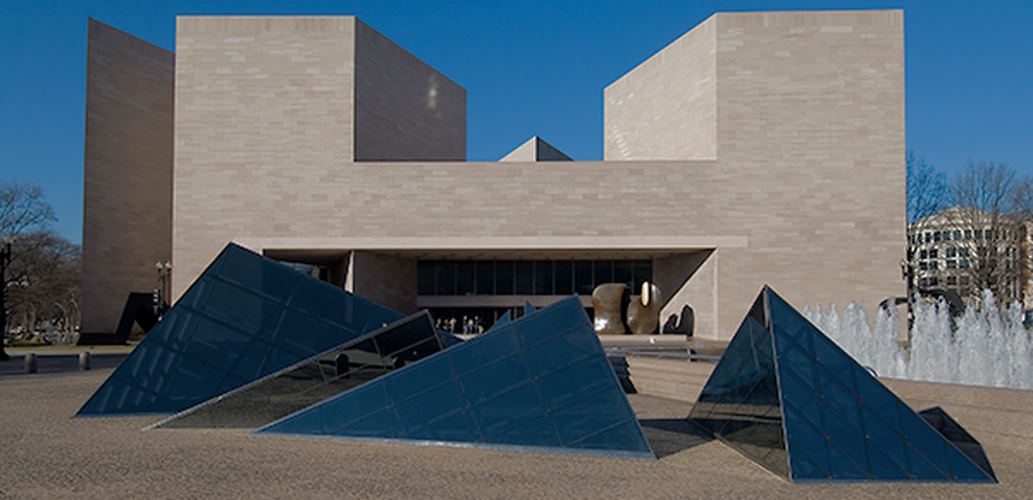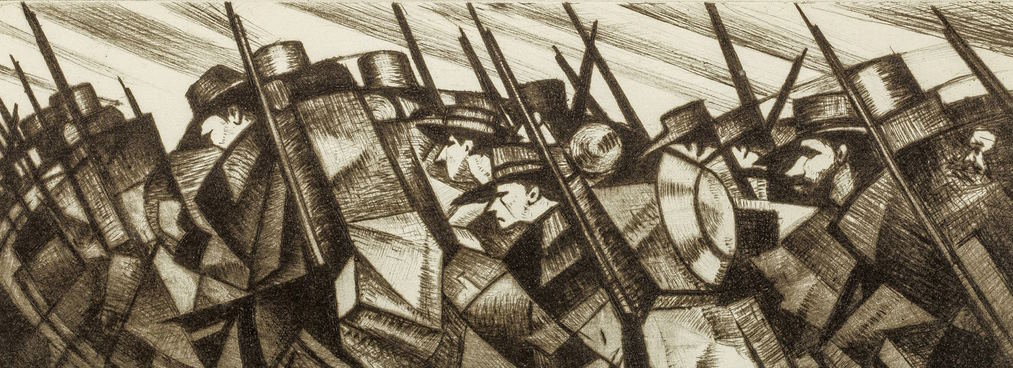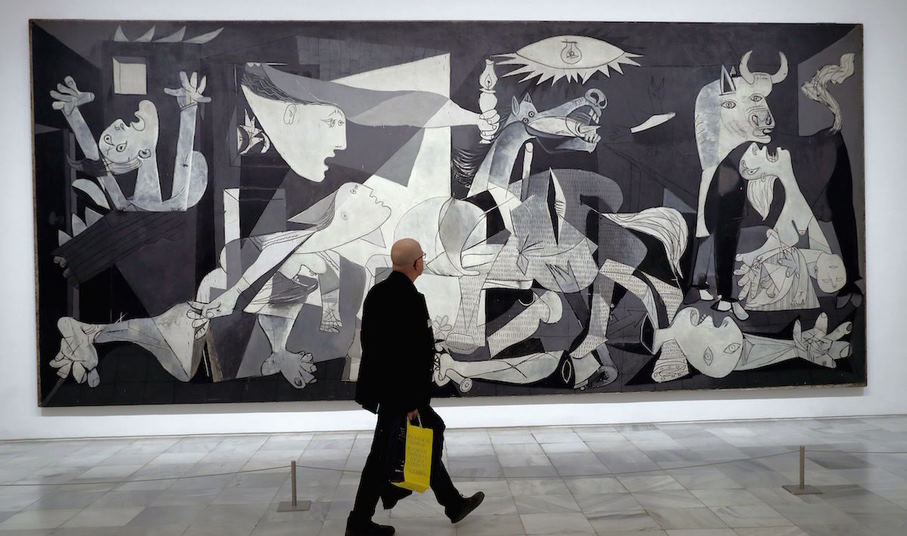The impact of World War II on European contemporary art cannot be overstated. This catastrophic event not only destroyed cities and claimed millions of lives, but also shattered the traditional artistic and cultural values of pre-war Europe. The destruction of artistic centers, the loss of important artworks, and the displacement of artists created a fertile ground for the emergence of new artistic movements and a shift in artistic themes. This article will explore the profound impact of World War II on European contemporary art, including the emergence of new artistic movements, the shift in artistic themes, and the enduring legacy of this period in art history.
The Destruction of European Artistic Centers
The destruction of European artistic centers was one of the most devastating consequences of World War II. Cities such as Berlin, Dresden, and London were heavily bombed, resulting in the destruction of countless cultural and artistic treasures. The bombing of these cities not only caused physical destruction but also had a significant impact on the psyche of the artistic community. The loss of familiar spaces and the threat of violence led many artists to seek refuge in new locations, often far away from their homes and communities.
The loss of important artworks and cultural artifacts was also a significant blow to the European art world. Many artworks, including famous masterpieces, were destroyed or lost during the war. The Nazi regime also systematically looted artworks from occupied territories, resulting in the displacement of countless cultural treasures. This loss was not just physical but also emotional, as many artists and art enthusiasts mourned the loss of irreplaceable cultural artifacts.
The impact on the artistic community was immense. Many artists were forced to flee their homes and communities, disrupting their creative processes and leaving them without a supportive artistic community. The threat of violence and persecution also led many artists to create art that was more politically charged and socially engaged, reflecting the turbulent times in which they lived.

The Emergence of New Artistic Movements
The aftermath of World War II saw the emergence of several new artistic movements in Europe. These movements were a direct response to the trauma of war and the changing cultural landscape of Europe. One of the most influential of these movements was existentialism and the absurd, which emphasized the meaninglessness of life and the absurdity of human existence. This movement was closely associated with writers such as Albert Camus and Jean-Paul Sartre, but also influenced visual artists such as Francis Bacon.
Another significant artistic movement that emerged after World War II was abstract expressionism. This movement rejected traditional representational art and instead focused on abstract forms, color, and texture. Artists such as Jackson Pollock and Mark Rothko were at the forefront of this movement, creating large, gestural paintings that emphasized the physical act of painting.
Art brut and outsider art were also important artistic movements that emerged after World War II. Art brut emphasized raw, untrained artistic expression, often produced by individuals with no formal artistic training. Outsider art referred to the work of artists who were marginalized or excluded from mainstream art movements, often due to their race, gender, or social status. These movements challenged traditional notions of artistic expertise and highlighted the importance of personal expression in art.

The Shift in Artistic Themes
The trauma of World War II and the Holocaust had a profound impact on the artistic themes explored by European contemporary artists. Many artists felt compelled to respond to the atrocities they had witnessed, and their work reflected a sense of mourning, loss, and trauma. Artworks such as Pablo Picasso’s “Guernica” and Anselm Kiefer’s “Your Golden Hair, Margarete” are just two examples of the powerful response to trauma in European contemporary art.
The post-war period also saw a surge in political critique and social realism. Artists began to use their work to challenge social and political norms, and to address issues such as poverty, inequality, and oppression. This was particularly true in countries such as Germany, where artists sought to confront the legacy of the Nazi regime and its impact on German society.
Another significant shift in artistic themes after World War II was the rejection of traditional aesthetic values. Artists began to experiment with new materials and techniques, and to challenge the traditional boundaries of art. This rejection of traditional values was closely tied to the political and social upheaval of the post-war period and reflected a desire to create a new artistic language that was relevant to the changing world.

